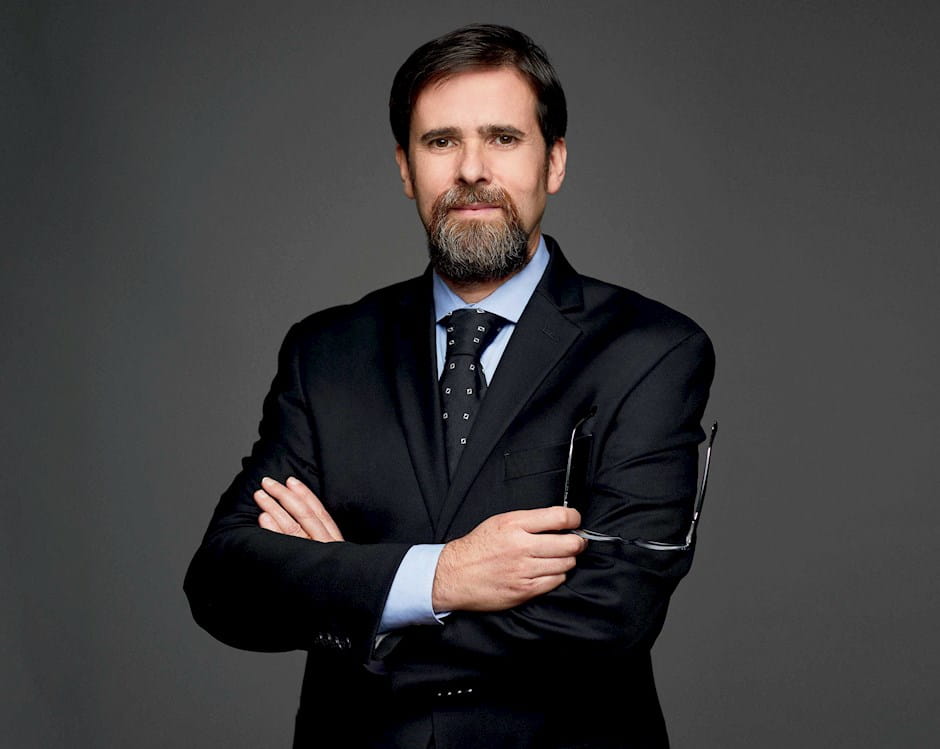
Crises Change, So Make Contingency Plans
A Q&A with Chicago Booth’s René Caldentey about crisis-ready supply-chain management
- April 18, 2022
- CBR - Operations Management

It is obviously having a huge effect on a number of sectors, most notoriously on energy markets, which have an immediate impact on logistics costs. More broadly, it is not just war but the fact that the geopolitical environment of countries and regions changes the way companies run their supply chains. The challenge, of course, is whether you have the capabilities as a company to manage the interaction between politics and business. The political environment is one more risk you have to deal with.
COVID shocked supply-chain managers, and in response they’ve been building up contingency plans. Some plans are long term, having to do with multisourcing and geopolitically distributing supply chains across the world in ways that make them much more resilient.
This is expensive though. It’s much easier to deal with a small pool of suppliers so that you get to know each other’s practices better and can fine-tune operational efficiency. But as you emphasize more quantifiable and measurable operational metrics, such as sourcing and logistics costs, you can also find yourself lowering your guard and quickly end up having a limited and riskier pool of suppliers sourcing your business.
These past few years have been a reminder that you need to make contingency plans at all levels. What happens if ports are closed? Have contracts in place with airlines to airfreight your products. COVID hit the container-ship industry dramatically, so companies moved to other transportation. For example, rail traffic from Asia to Europe was growing, until it became too risky to send trains on those routes through Russia, Ukraine, and Belarus.
This underscores the idea behind having a portfolio of options. Are you disciplined enough to understand that there are risks out there you can’t control? If we move again to a phase of 3–6 years where everything is stable, will supply-chain managers keep operating with those contingency plans? History tells us that people have short-term memories.
Over the past few decades, supply-chain managers have thought a lot about how to create flexible supply chains that can react in real time to changing demand and consumer needs, including through quick response and vendor-managed initiatives. Now they need to bring some of that flexibility to other parts of their businesses, such as logistics and transportation. They can take some of the metrics they have used in one portion of their supply chain and move them to other areas.
The modern supply chain relies less on forecasting and more on reliability, flexibility, and infrastructure. The way you assess performance and compensate supply-chain managers will help too. The emphasis has been on cost. If you have different types of performance metrics, including reliability, risk management, and sustainability, you are going to create the right environment to have more resilient supply chains.
You don’t need to predict the future; you just need to be ready to react. The more you can do that, the more you can be successful in managing and navigating all these challenges that are going to keep happening, whether they’re climate-related disruptions, pandemics, or geopolitical risks.
René Caldentey is Eli B. and Harriet B. Williams Professor of Operations Management at Chicago Booth.
Your Privacy
We want to demonstrate our commitment to your privacy. Please review Chicago Booth's privacy notice, which provides information explaining how and why we collect particular information when you visit our website.